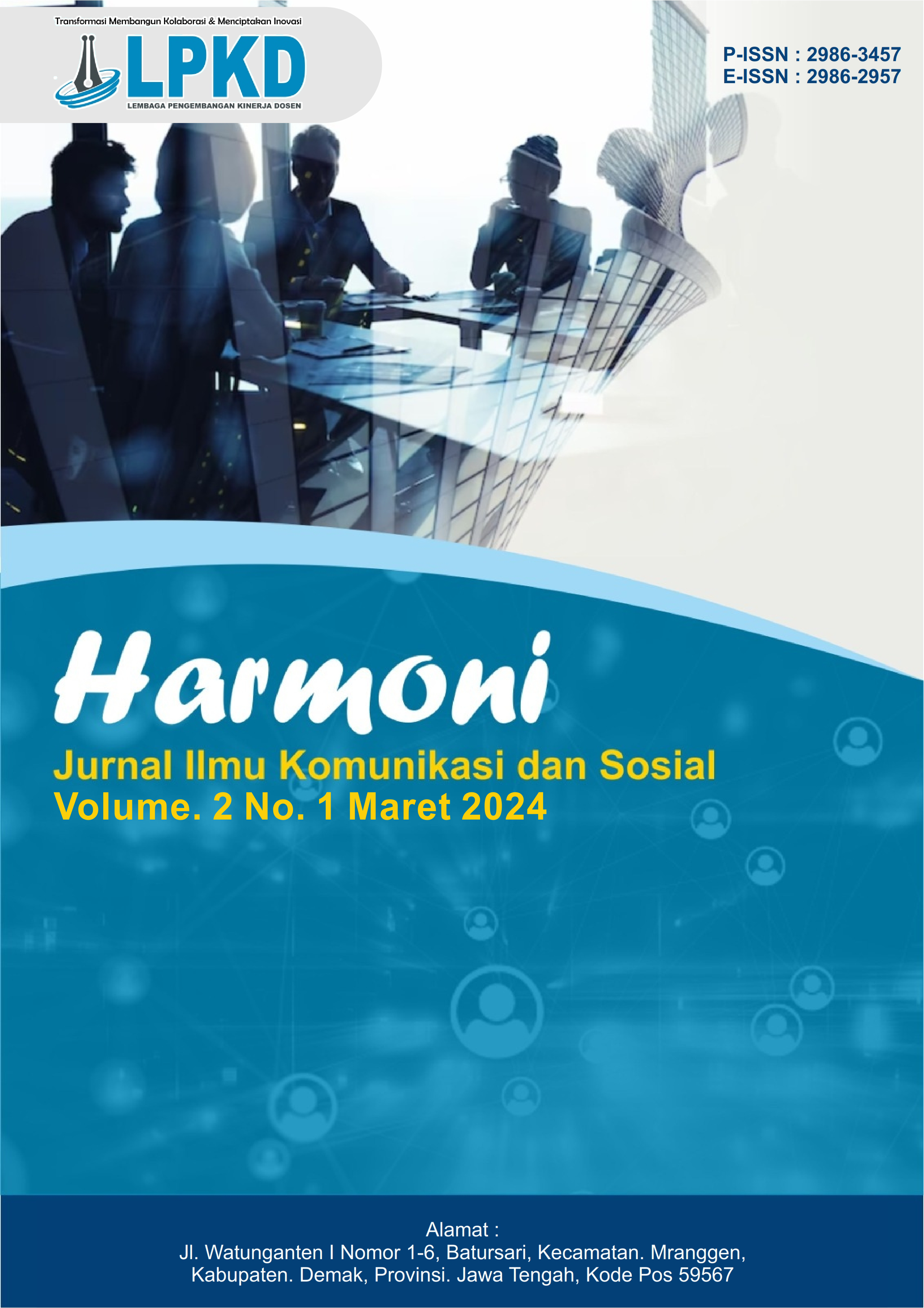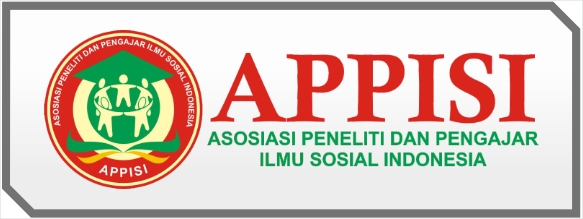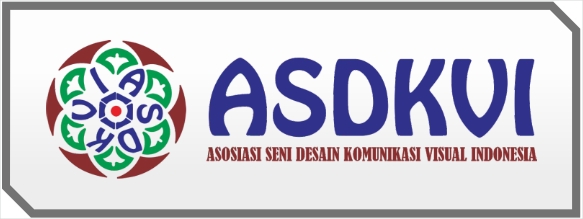Implementasi Komunikasi Antarbudaya Pada Perkawinan Antar Etnis Jawa Dan Sunda Di Pasar Kemis Kabupaten Tangerang
DOI:
https://doi.org/10.59581/harmoni-widyakarya.v2i1.2403Keywords:
Javanese Ethnicity, Sundanese Ethnicity, Intercultural Communication, MarriageAbstract
Tangerang Regency is an area with many industrial, commercial and residential sectors. So that many migrants are looking for work and this results in many ethnic groups entering one area. Thus, inter-ethnic marriages have become commonplace because they are a natural process that occurs in multi-ethnic societies, especially marriages between Javanese and Sundanese ethnic groups. Developing perceptions and stereotypes have become obstacles that have an impact on harmony in inter-ethnic marriages. Various obstacles arise because each ethnic group has a different background, culture and beliefs. The aim of this research is to analyze the process of intercultural communication in inter-ethnic marriages, namely Javanese and Sundanese. The method used in this research is a qualitative descriptive research method with a case study approach, with a constructivist paradigm with the subject being 3 Javanese and Sundanese husband and wife tennis couples. The results of the research show that in the Optimistic Phase, couples still feel happy with their partner's cultural differences. They still don't know their partner's culture and experience difficulties at the beginning of their marriage. In the Culture Shock Phase, couples begin to be shocked and confused by their partner's culture, so they experience cutlure shock. In the Recovery phase, they begin to introduce each other to their respective cultures. In the adjustment phase, couples are starting to get used to and adapt and understand their partner's culture.
References
Afnan, D. (2022). Mitos Larangan Menikah antara Orang Jawa dengan Orang Sunda dalam Perspektif Masyarakat Modern. 2.
Daryanto, & Rahardjo, M. (2016). Teori Komunikasi. Gava Media.
Effendy, O. U. (2018). Dinamika Komunikasi . PT. Remaja Rosdakarya.
Hidayat, Dedy. N. (2003). Paradigma dan Metodologi Penelitian Sosial Empirik Klasik.
J.R, R. (2013). Metode Penelitian Kualitatif Jenis Karakteristik dan Keunggulannya. Grasindo.
Liliweri Alo. (2013). Dasar - Dasar Komunikasi Antarbudaya. Pustaka Pelajar.
Mahendra, A. I. (2013). Komunikasi dan Konflik dalam Perkawinaan Campuran. Universitas Sebelas Maret.
Milwanda Nadika, R. S., Rahardjo, T., & Gono, J. M. (2022). MANAJEMEN KONFLIK DALAM KOMUNIKASI PASANGAN SUAMI-ISTRI BEDA ETNIS.
Mulyana, D., & Rahmat, J. (2021). Komunikasi Antarbudaya: Panduan Berkomunikasi dengan Orang-Orang Berbeda Budaya. PT. Remaja Rosdakarya.
Morrisan. (2017). Metode Penelitian Survei. Kencana.
Nurudin. (2014). Pengantar Komunikasi Massa. Kharisma Putra Utama.
Sihabudin, A. (2013). Komunikasi Antarbudaya. : PT Bumi Aksara.
Soyomukti, N. (2016). Pengantar Ilmu Komunikasi. Ar-Ruzz Media.
Utami, H. S. (2018). KONFLIK ANTARBUDAYA DALAM PERKAWINAN ANTARSUKU (Studi Kasus pada Pasangan Suku Jawa dengan Suku Sunda di Desa Pondok Betung, Kecamatan Pondok Aren Tangerang Selatan.
Utami, L. S. S. (2015). Teori-Teori Adaptasi Antar Budaya.
Utomo, E. P. (2019). Strategi Komunikasi Dalam Pernikahan Antar Budaya.
Wahyudi Muhtar. (2015). Madura: masyarakat, budaya, media, dan politik. Puskakom Publik, Penerbit Elmatera.
Downloads
Published
How to Cite
Issue
Section
License
Copyright (c) 2023 Tika Aryana Wibisono , Mochammad Mirza, Ari Suseno, Alamsyah Alamsyah

This work is licensed under a Creative Commons Attribution-ShareAlike 4.0 International License.














